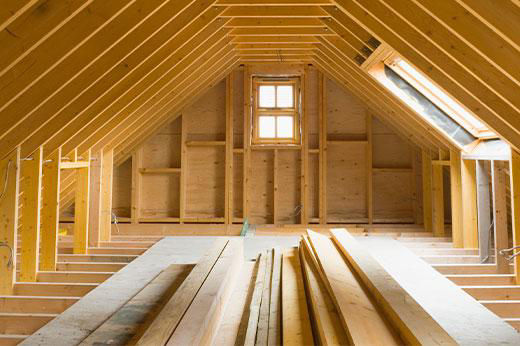What is Rockwool Insulation Made Of?
Surprisingly, just like the name sounds, Rockwool is made from natural rock materials that have been spun into wool-like fibers. The rock happens to make a dense, flexible insulation product that's easy to work with.
Let’s break down exactly what Rockwool products are and their reputation as a preferred material for insulation.
The primary component of Rockwool insulation is rock—specifically basalt and diabase. These volcanic rocks are well known for their durability and thermal resistance. Manufacturers melt the rocks at extremely high temperatures to form molten lava.
Manufacturers spin the molten rock using high-speed spinning tools into very fine wool-like fibers. Binders and oil are added to the fibers to make them stick together. The fibers are felted together into a mat that is compressed into insulation products: rolls, bats, and loose-fill insulation.
The resulting product, Rockwool, is dense and durable with excellent thermal resistance. It significantly slows the transfer of heat in your home, which helps keep temperatures comfortable and consistent. By keeping your house environment steady, you'll reduce energy consumption and costs associated with heating and cooling.
Benefits of Rockwool Insulation
So why choose Rockwool insulation? Is it better than other types of insulation? What are the benefits?
When you select any type of insulation, it's important to familiarize yourself with the different options on the market. Rockwool insulation is an excellent choice in certain cases, but it's essential that you choose the right thickness and density to hit the R-value for your application (we'll explain).
Rockwool insulation has some unique benefits that make it a popular option for many circumstances. Here are some of the key advantages:





